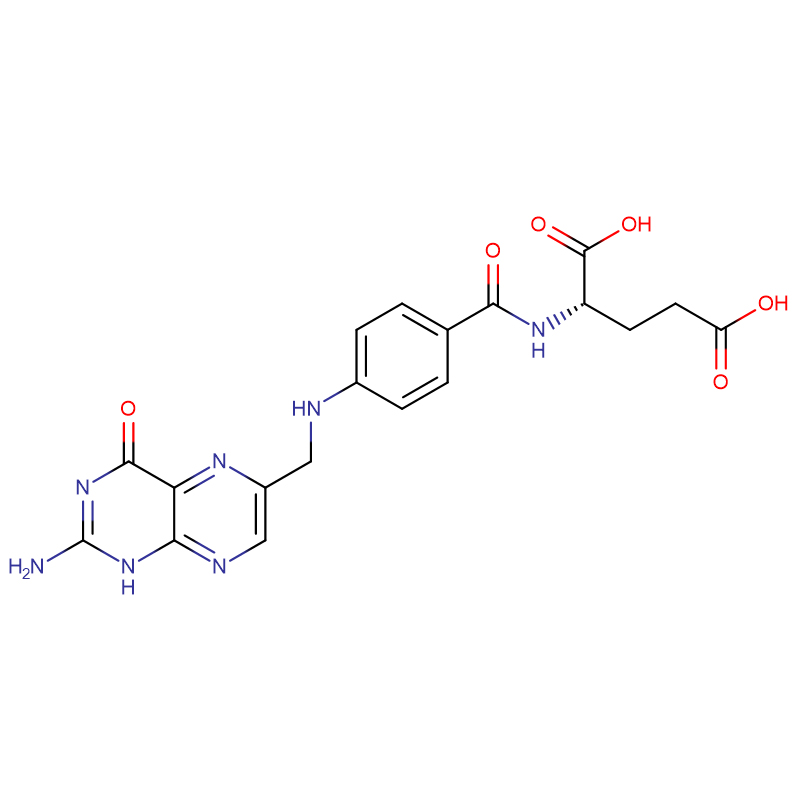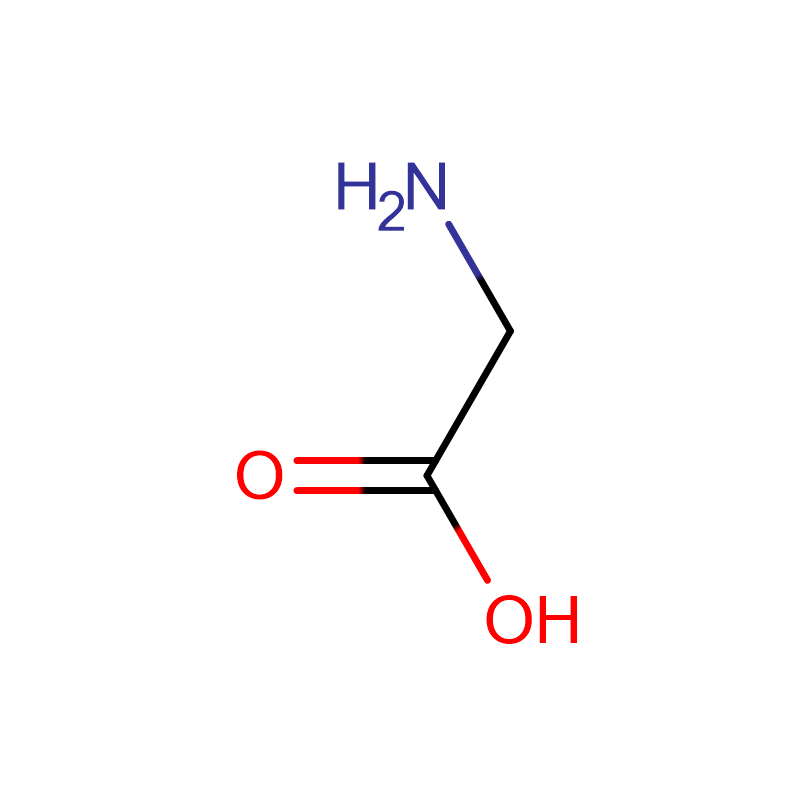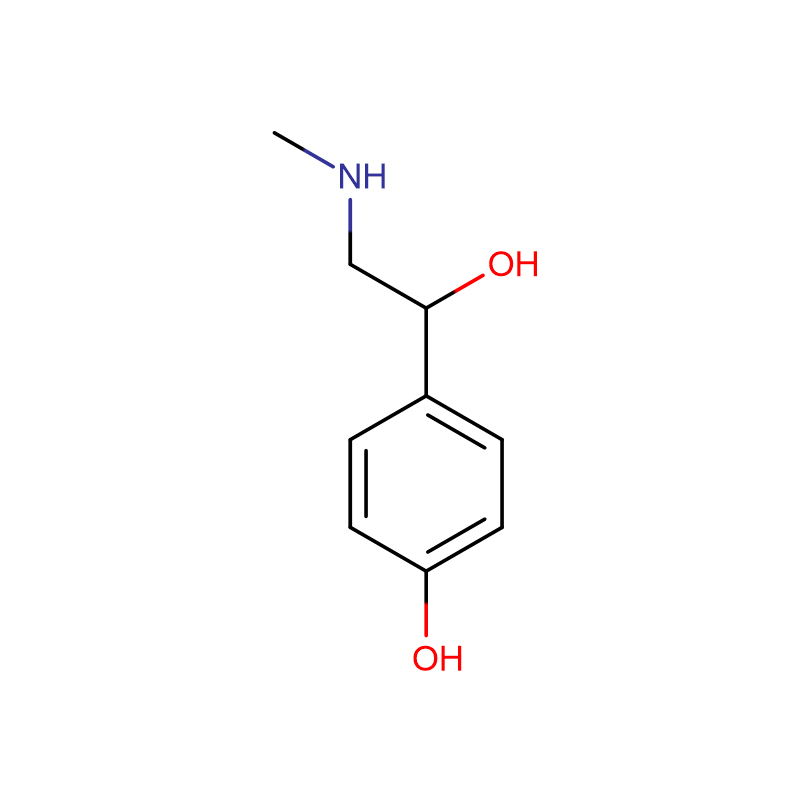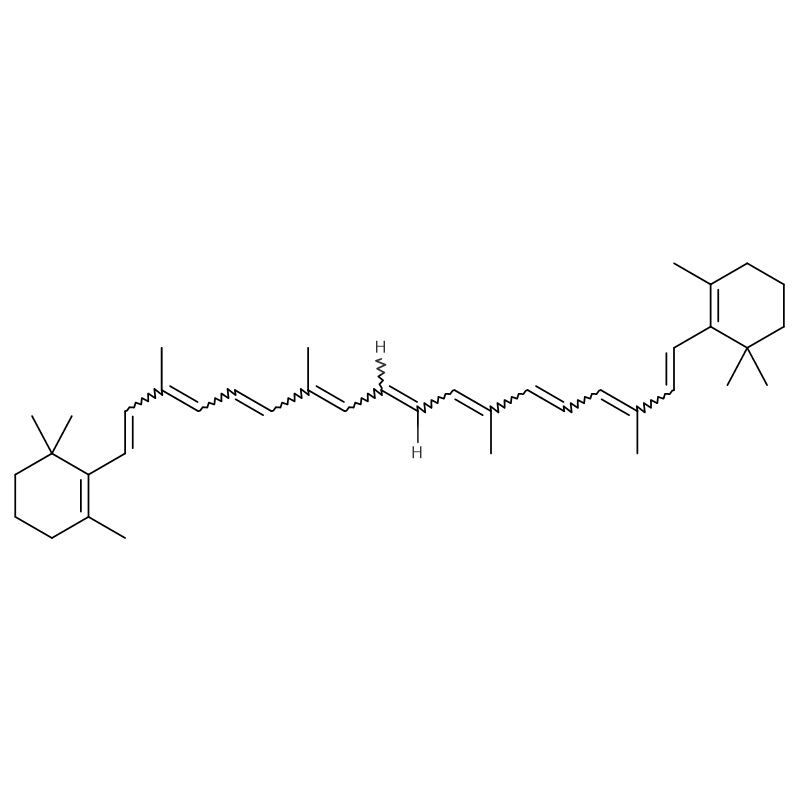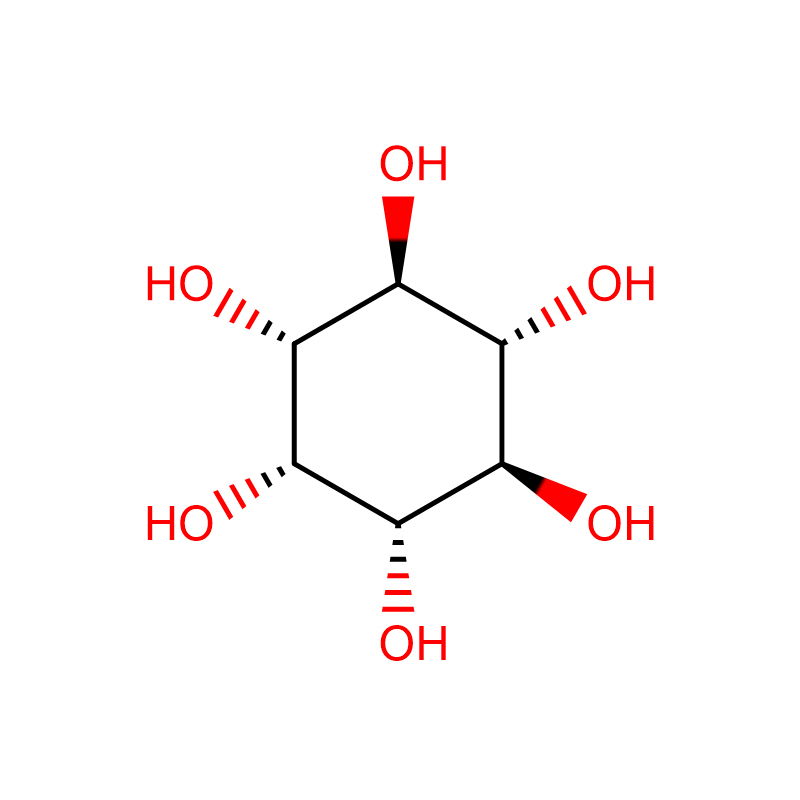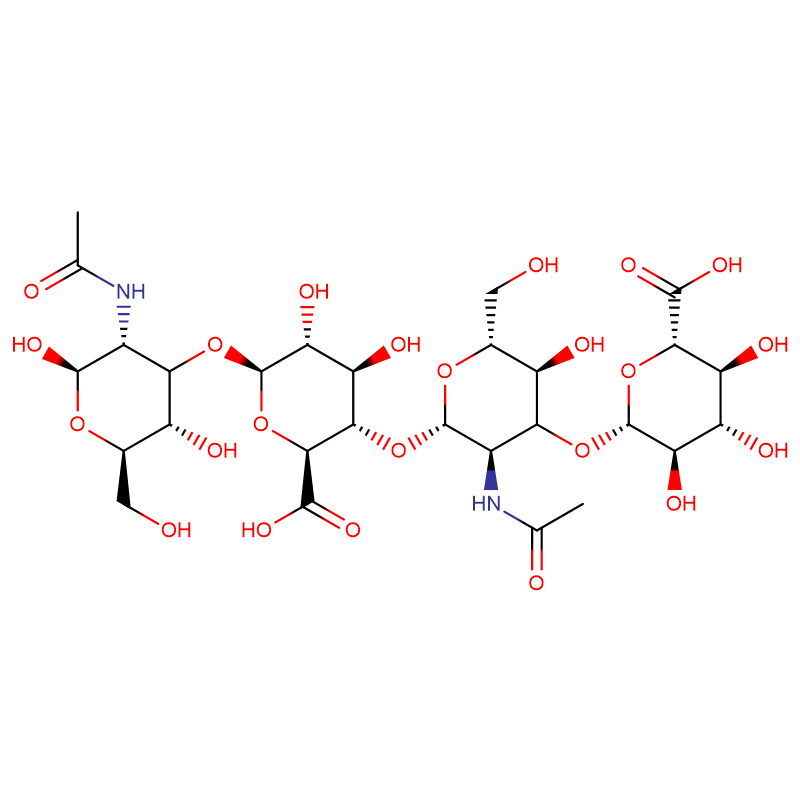Vitamin B9 (Folic Acid) Cas: 59-30-3
| Catalog Number | XD91867 |
| Product Name | Vitamin B9 (Folic Acid) |
| CAS | 59-30-3 |
| Molecular Formula | C19H19N7O6 |
| Molecular Weight | 441.4 |
| Storage Details | 2-8°C |
| Harmonized Tariff Code | 29362900 |
Product Specification
| Appearance | Yellow to orange crystalline powder |
| Assay | 99% min |
| Melting point | 250 °C |
| alpha | 20 º (c=1, 0.1N NaOH) |
| Boiling point | 552.35°C (rough estimate) |
| density | 1.4704 (rough estimate) |
| refractive index | 1.6800 (estimate) |
| solubility | boiling water: soluble1% |
| pka | pKa 2.5 (Uncertain) |
| Odor | Odorless |
| PH Range | 4 |
| Water Solubility | 1.6 mg/L (25 ºC) |
Folic acid is generally used as an emollient. In vitro and in vivo skin studies now indicate its capacity to aid in DnA synthesis and repair, promote cellular turnover, reduce wrinkles, and promote skin firmness. There is some indication that folic acid may also protect DnA from uV-induced damage. Folic acid is a member of the vitamin B complex and is naturally occurring in leafy greens.
Literature tends to indicate that B vitamins cannot pass through the layers of the skin and, therefore, are of no value in the skin surface. Current experiments demonstrate, however, that vitamin B2 acts as a chemical reaction accelerator, enhancing the performance of tyrosine derivatives in suntan-accelerating preparations.
Folic Acid is a water-soluble b-complex vitamin that aids in the for- mation of red blood cells, prevents certain anemias, and is essential in normal metabolism. high-temperature processing affects its sta- bility. it is best stored at lower than room temperatures. it is also termed folacin. it is found in liver, nuts, and green vegetables.
A vitamin needed to synthesize DNA, conduct DNA repair and methylate DNA, it also acts as a cofactor in biological reactions involving folate.
Hematopoietic vitamin.


